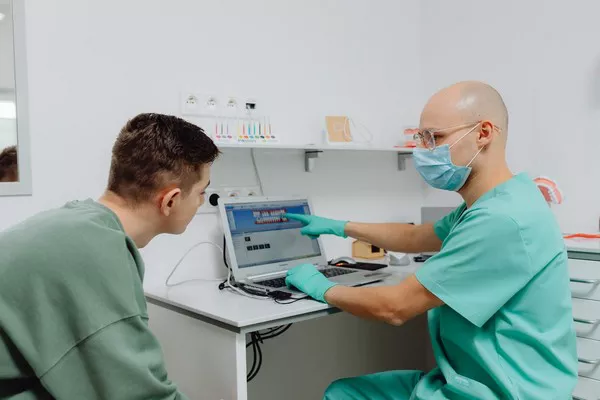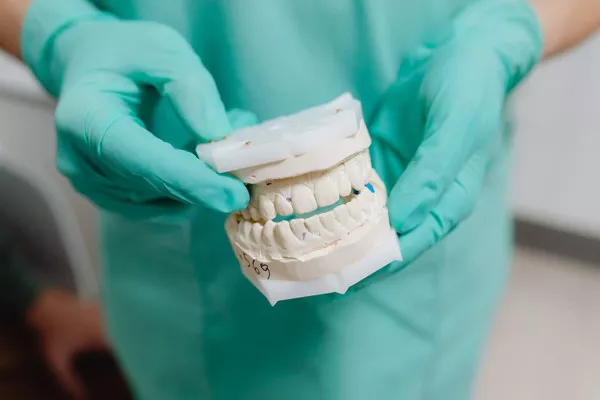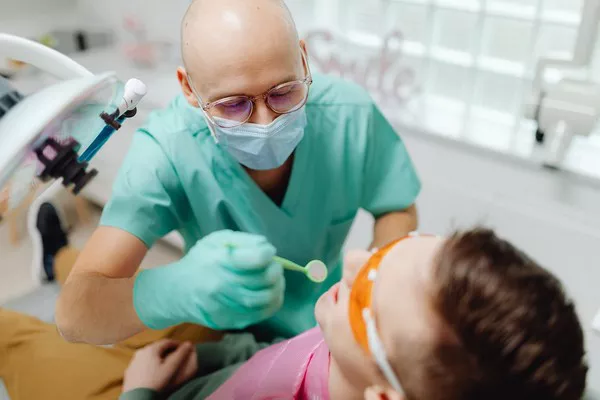The clinical features of simple periodontitis are not obvious in the early stage of self-conscious symptoms, and patients often only have the manifestation of spontaneous gingival bleeding or halitosis, which is similar to gingival inflammation.
On examination, the gingival margin, gingival papilla and attached gingiva are swollen, soft, dark red or dark red, and prone to bleeding on probing.
With the further spread of inflammation, the following symptoms occur: Periodontal pocket formation: Due to the expansion of inflammation, the periodontal membrane is destroyed, the alveolar bone is gradually absorbed, the gingiva is separated from the tooth root, and the gingival groove is deepened and the periodontal pocket is formed.
The depth of the periodontal pocket can be measured with a probe.
Different degrees of resorption of alveolar bone can be found on X-ray examination.
Periodontal overflow purulent: PERIODONtal pocket wall has ulcer and inflammatory granulation tissue formation, purulent secretions inside the bag remain, so gently press the gingiva, visible overflow purulent.
And often halitosis: loose teeth: because the periodontal tissue is destroyed, especially when the alveolar bone resorption is aggravated, the support of the teeth is insufficient, and the phenomenon of tooth loosening and displacement occurs.
At this time, patients often feel weak bite, dull pain, gum bleeding and bad breath aggravation.
When the body’s resistance is reduced, periodontal pocket exudate drainage is not free, periodontal swelling can be formed.
At this time, the gingiva is oval protrusion, red and swollen, the degree of tooth loosening increases, there is knock pain.
Patients feel local sharp jump pain, sometimes appear at the same time many parts of the abscess, said multiple periodontal abscess.
At this time the patient may have elevated body temperature, general discomfort, submaxillary lymph node enlargement, tenderness and other symptoms.






























